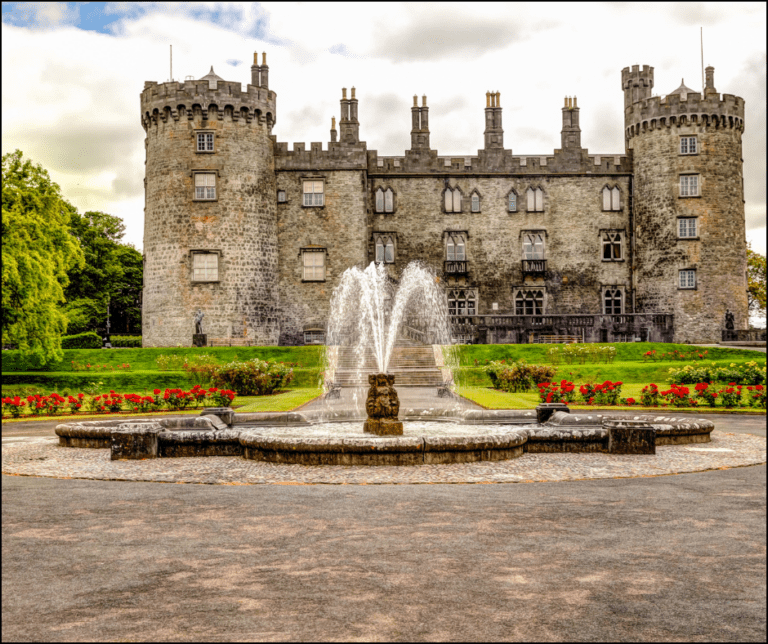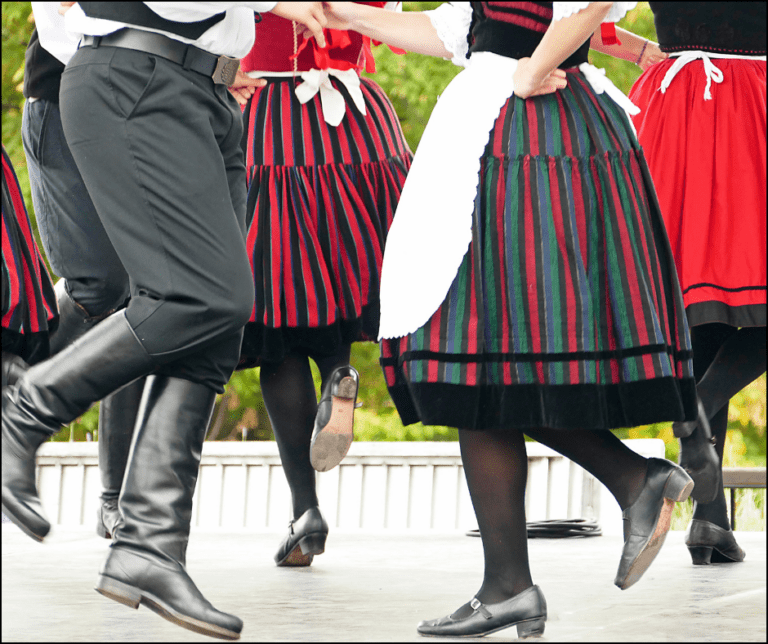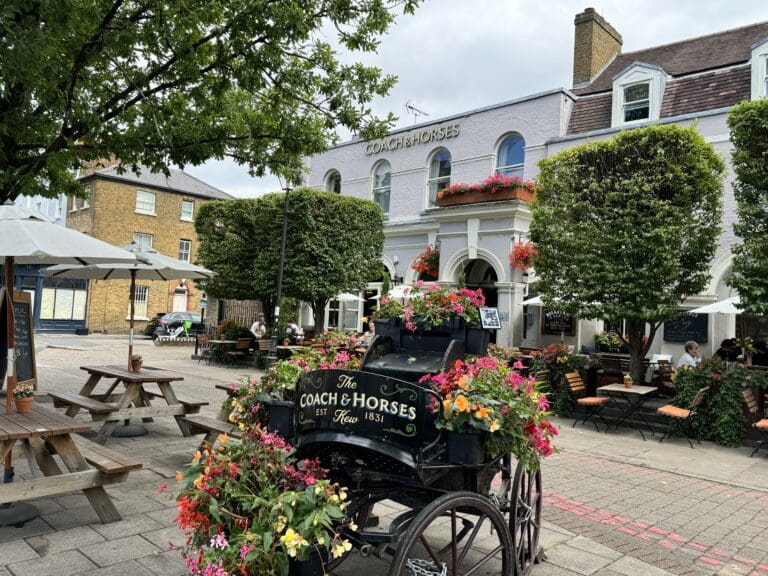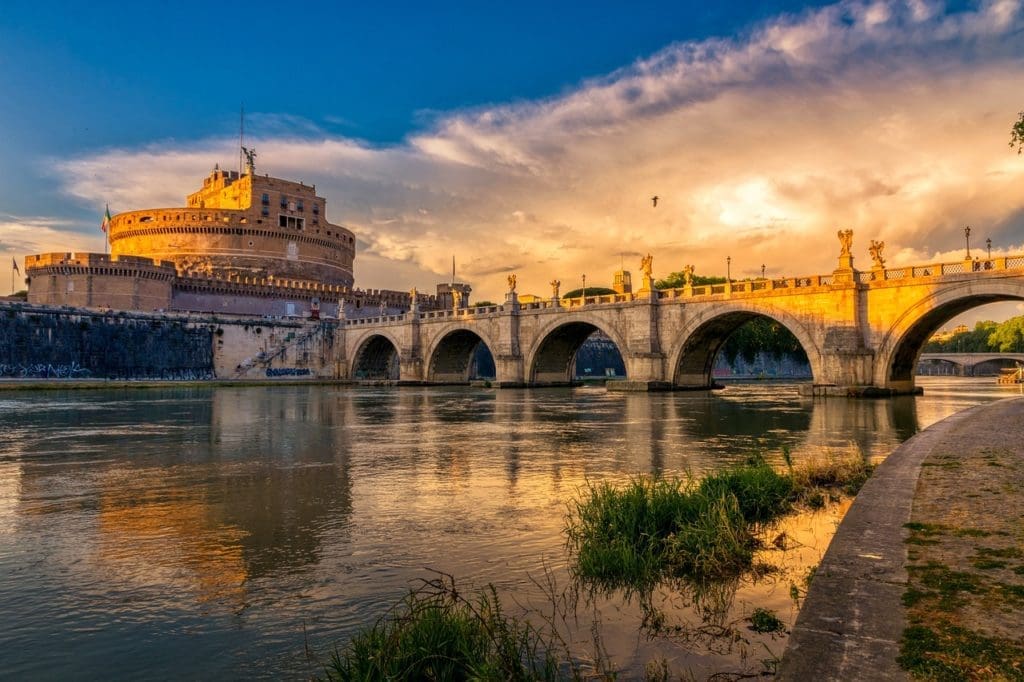
Ancient Rome was one of the most powerful and influential civilizations in human history, spanning over a thousand years and leaving behind a rich legacy of culture, art, architecture, law, and politics.
But, how much do we really know about the ancient Romans and their way of life? What lost treasures of Rome are still hidden beneath the soil?
In this article, we will explore some of the most fascinating and mysterious lost treasures of Ancient Rome, from the buried palace of a notorious emperor to the sunken remains of a naval battle that changed the course of history.
We will also follow the international teams of archaeologists who are on the front line of uncovering these treasures. Using cutting-edge technology and innovative methods these experts reveal new insights into the Roman Empire.
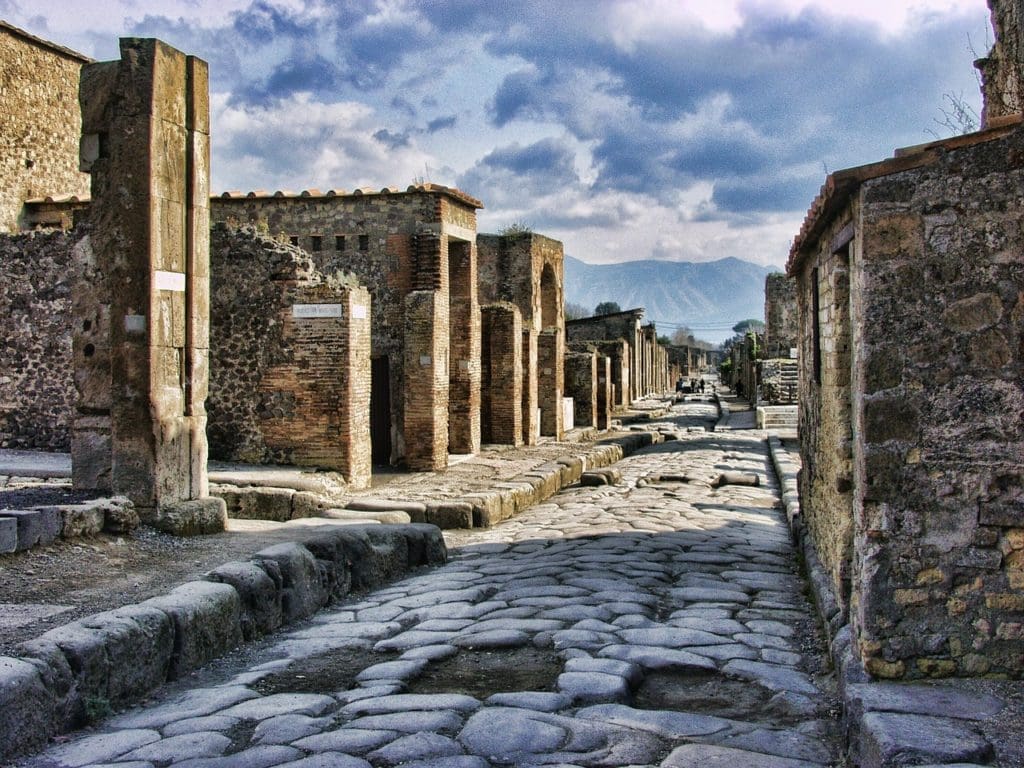 Hidden Secrets of Pompeii
Hidden Secrets of Pompeii
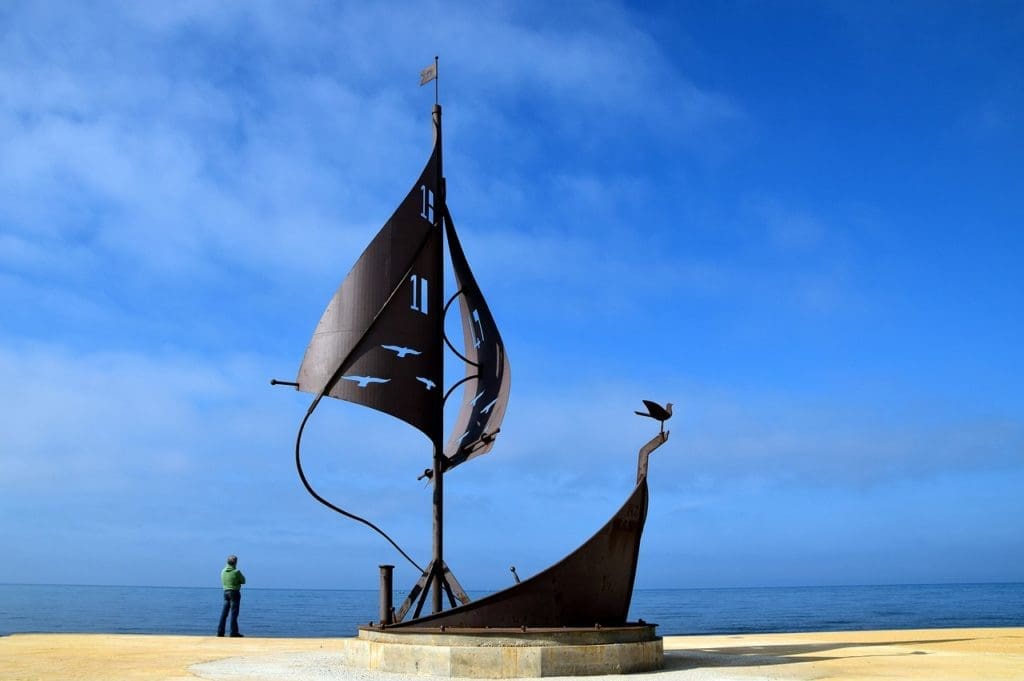 Rome’s Sunken Secrets
Rome’s Sunken Secrets

Planning a Trip to Italy?
We can help create your perfect itinerary!
- Worried you'll miss the hidden gems?
- How long should you stay in each place?
- Should you rent a car, train it, or both?
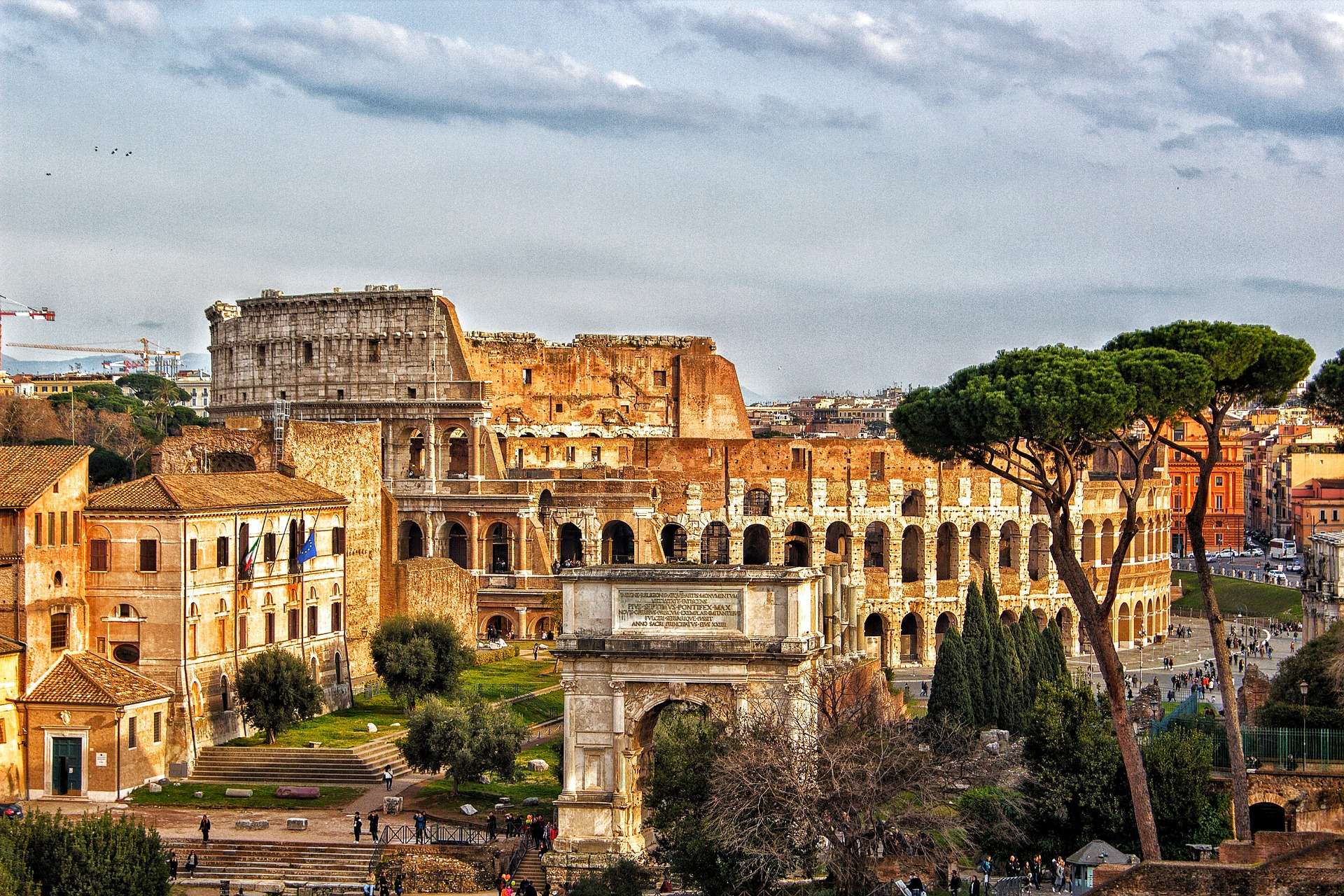
Secrets of the Colosseum
But, how did this monumental structure come to be built? What can it tell us about the society and culture that created it?
The monumental structure was also designed to showcase Rome’s engineering prowess and political propaganda, as well as to entertain and control the masses with spectacle and violence.
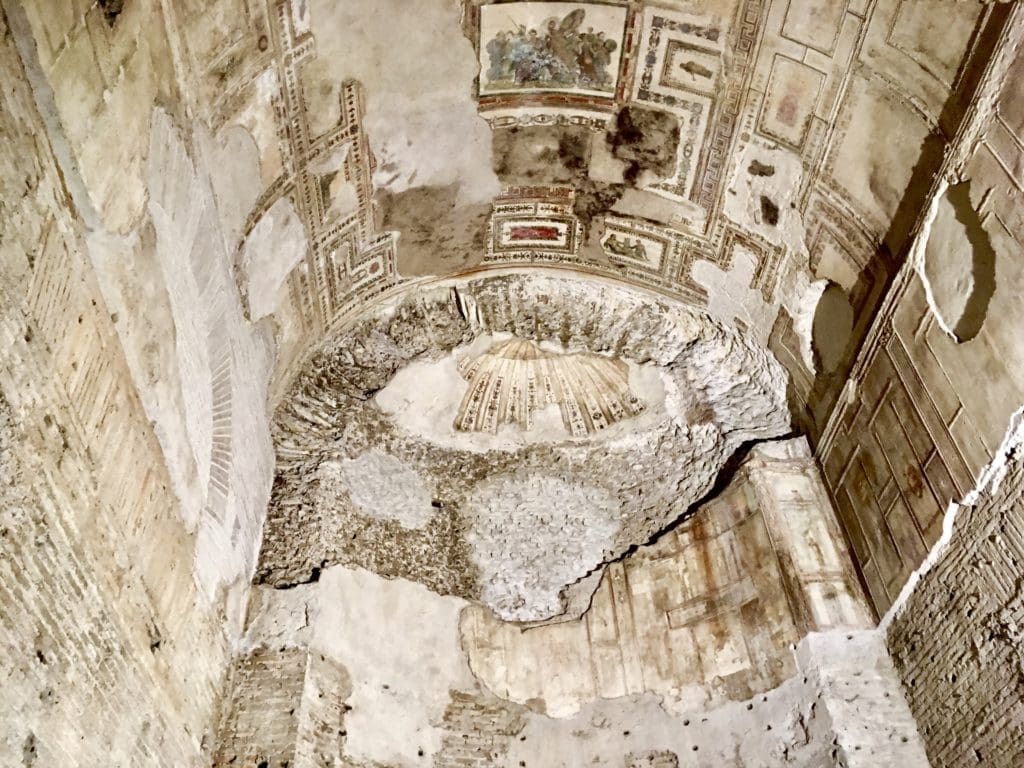 Nero’s Lost Palace
Nero’s Lost Palace
The palace covered an area equivalent to 300 football fields and featured gardens, fountains, artificial lakes, statues, and even a rotating dining room.
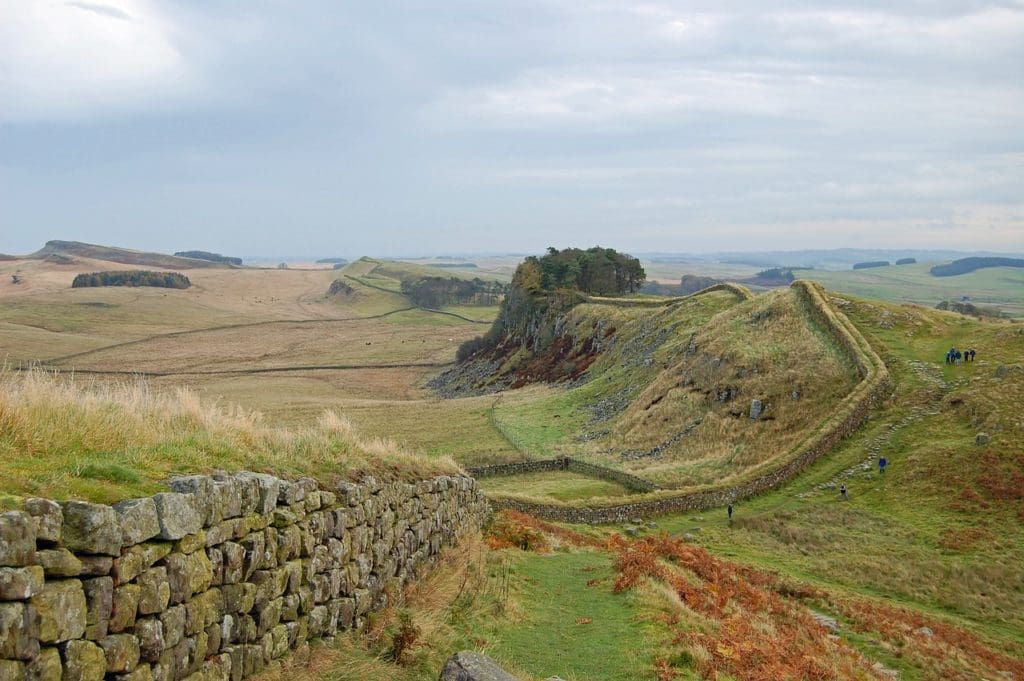 Secrets of Rome’s Great Wall
Secrets of Rome’s Great Wall
Hadrian’s Wall is one of the most impressive structures that Rome built. It stretches for 73 miles across northern England and marks the northernmost frontier of the empire.
It was built by Emperor Hadrian in 122 AD to consolidate Roman territory and protect it from barbarian invasions. But, what was life like on this remote edge of empire? And what secrets are still hidden along its length?
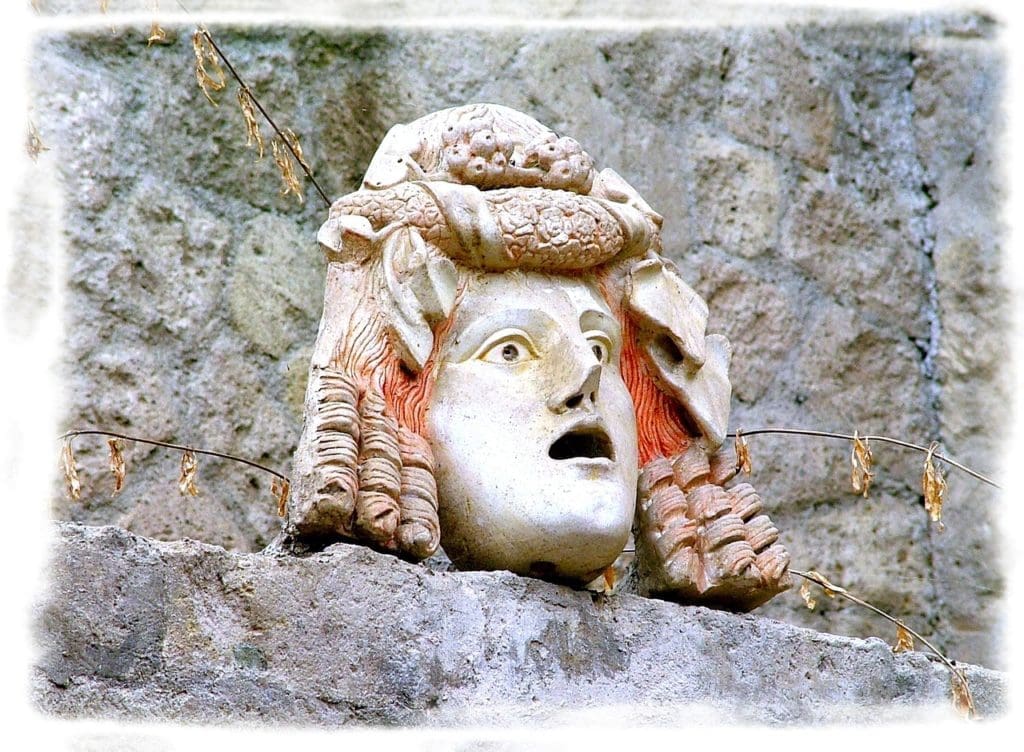 Pompeii’s Lost Twin: Herculaneum
Pompeii’s Lost Twin: Herculaneum
The Ultimate Pre-Travel Checklist
Download ‘10 Crucial Things To Do Before Traveling Abroad’ to avoid mistakes and ensure a smooth trip; adapters and electronics, packing tips, foreign currency, phone plans, and more!


